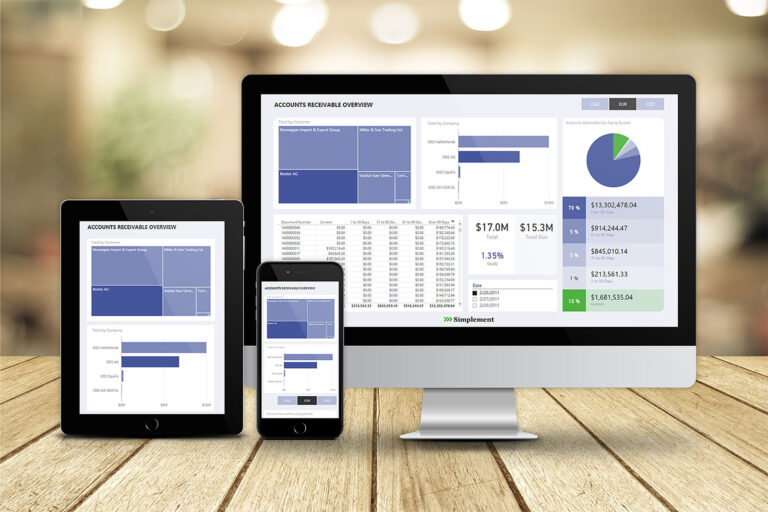The Role of SAP Data in Driving Organizational Success
In today’s fast-paced world, the potency of data cannot be overstated. It has become an invaluable asset, capable of propelling organizations to new heights of success when harnessed effectively. In the realm of enterprise resource planning (ERP), SAP (Systems, Applications, and Products in Data Processing) has emerged as a critical tool for efficient data management and optimization. However, the true key to unlocking SAP’s potential lies in fostering a data-driven culture within organizations.
Embracing a Data-Driven Mindset: Reimagining SAP in a New Light
SAP’s dominance in the ERP software market stems from its ability to streamline and integrate various business processes, including human resources, logistics, customer relations, and finance. It serves as a powerful data management platform, capable of handling vast amounts of data and translating them into actionable insights. However, simply implementing SAP is not enough. Organizations must strive to cultivate a culture where data takes center stage in decision-making processes.
Building a Foundation: Instilling a Data-Driven Culture
Fostering a data-driven culture requires recognizing the immense value of data and investing in the right tools and technologies. While SAP plays a pivotal role, focusing solely on technology would be shortsighted. To establish a solid foundation, organizations need to consider three essential elements: people, processes, and technology.
Empowering People: Equipping Employees for Data Success
People are at the heart of a data-driven culture. It is crucial to provide employees at all levels with the skills necessary to understand and leverage data effectively. Comprehensive training and education initiatives should be implemented, supported by strong leadership commitment to a data-driven approach. By empowering employees with data literacy, organizations can foster a culture where data becomes a guiding force in decision-making.
Streamlining Processes: From Data Collection to Actionable Insights
Establishing well-defined processes for data collection, storage, and analysis is vital. These processes should prioritize data integrity and quality, instilling trust in data and facilitating its utilization in decision-making. Clear guidelines should be put in place to ensure consistency and accuracy throughout the data lifecycle. By streamlining data-related processes, organizations can create a robust foundation for driving data-driven decisions.
Leveraging Technology: Unleashing the Full Potential of SAP
Technology, represented here by SAP, plays a crucial role in managing and analyzing data efficiently. To optimize SAP data utilization, organizations must harness the platform’s capabilities to the fullest extent. SAP offers a range of features and tools designed to enhance data management and analysis. By leveraging advanced analytics, visualization, and integration capabilities, organizations can unlock the full potential of SAP, enabling data-driven decision-making across the board.
Maximizing SAP Data Utilization: Strategies for Success
To maximize the utilization of SAP data, organizations can employ several tactics:
- Prioritize Data Quality: The quality of decisions directly correlates with the quality of the data used. SAP’s data management tools can be utilized to ensure data accuracy, completeness, and currency, enhancing the reliability of insights derived from it.
- Implement Robust Data Governance: Establishing clear guidelines for data access, usage, and protection is essential. SAP provides features such as role-based access controls and robust data protection measures to support effective data governance.
- Embrace Data Analytics and Visualization: SAP’s suite includes advanced analytics and visualization tools that can transform raw data into easily understandable insights. By embracing these tools, organizations can foster a culture of data democratization and facilitate data-driven decision-making at all levels.
- Enable Seamless System Integration: Integrating SAP with other systems can provide a comprehensive view of data, enriching the depth and scope of insights. By enabling seamless integration, organizations can unlock new possibilities and derive more value from their SAP data
Conclusion
In today’s digitized and interconnected world, successful business strategy heavily relies on accessing, analyzing, and acting on data. SAP, as a robust data management platform, plays a pivotal role in this regard. However, technology alone is not sufficient. It is the seamless synergy between people, processes, and technology that truly drives the transformation towards a data-driven culture.
As we look to the future, organizations that fully leverage their SAP data, ensure its quality, implement robust governance, invest in data analytics and visualization, and enable system integration will lead the charge in their industries.
By prioritizing data quality, implementing robust governance, investing in analytics and visualization, and enabling system integration, organizations can position themselves as industry leaders. With a clear focus on leveraging SAP data to drive informed decision-making, organizations can pave the way for long-term success in the data-driven landscape.



